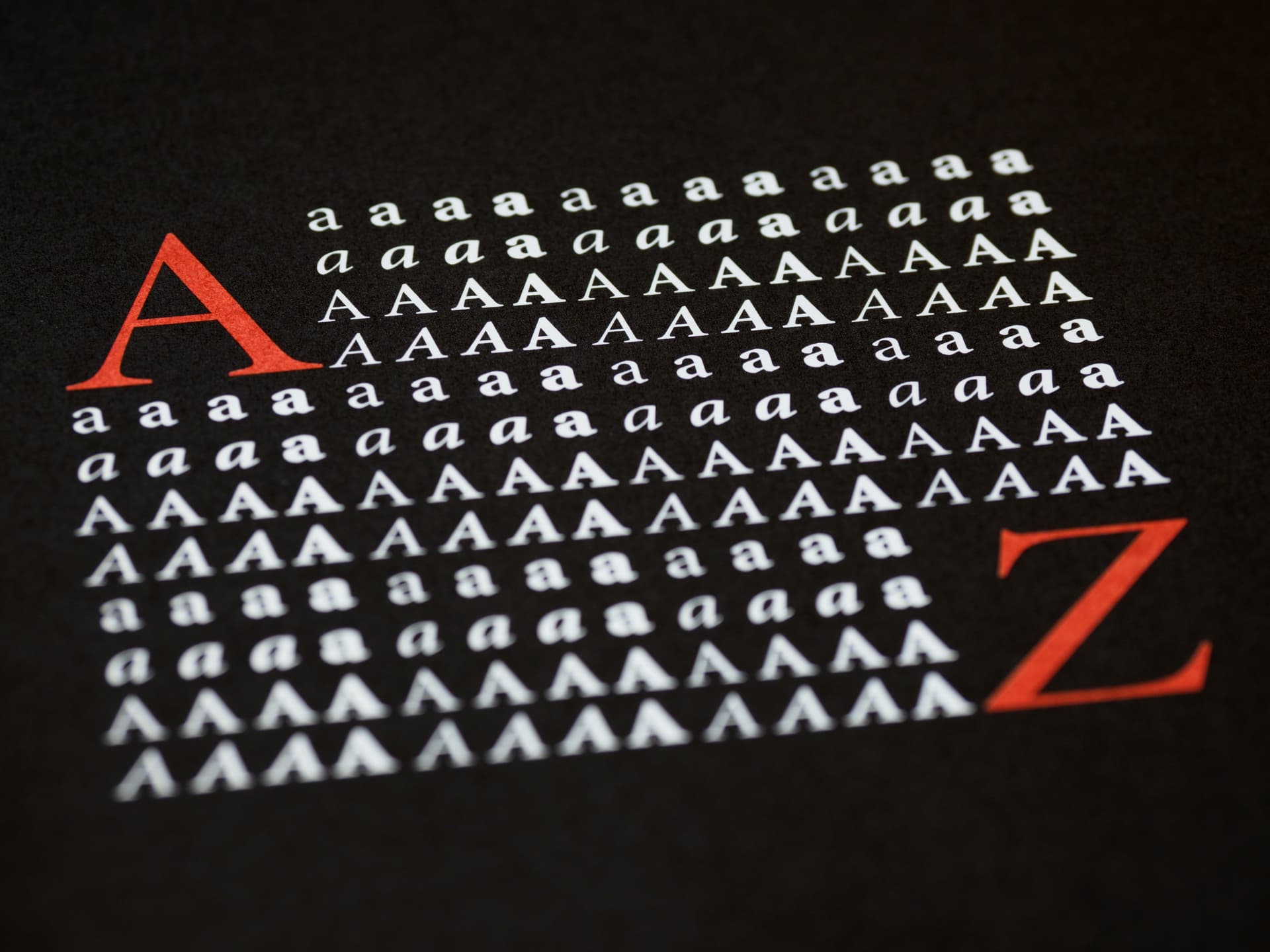
How much do journalists think of readability? Also, it matters what kind of font you choose to use
Plain language and website fonts affect the reading experience more than you think
The Fix Newsletter
Everything you need to know about European media market every week in your inbox
138 articles • 0 Followers











